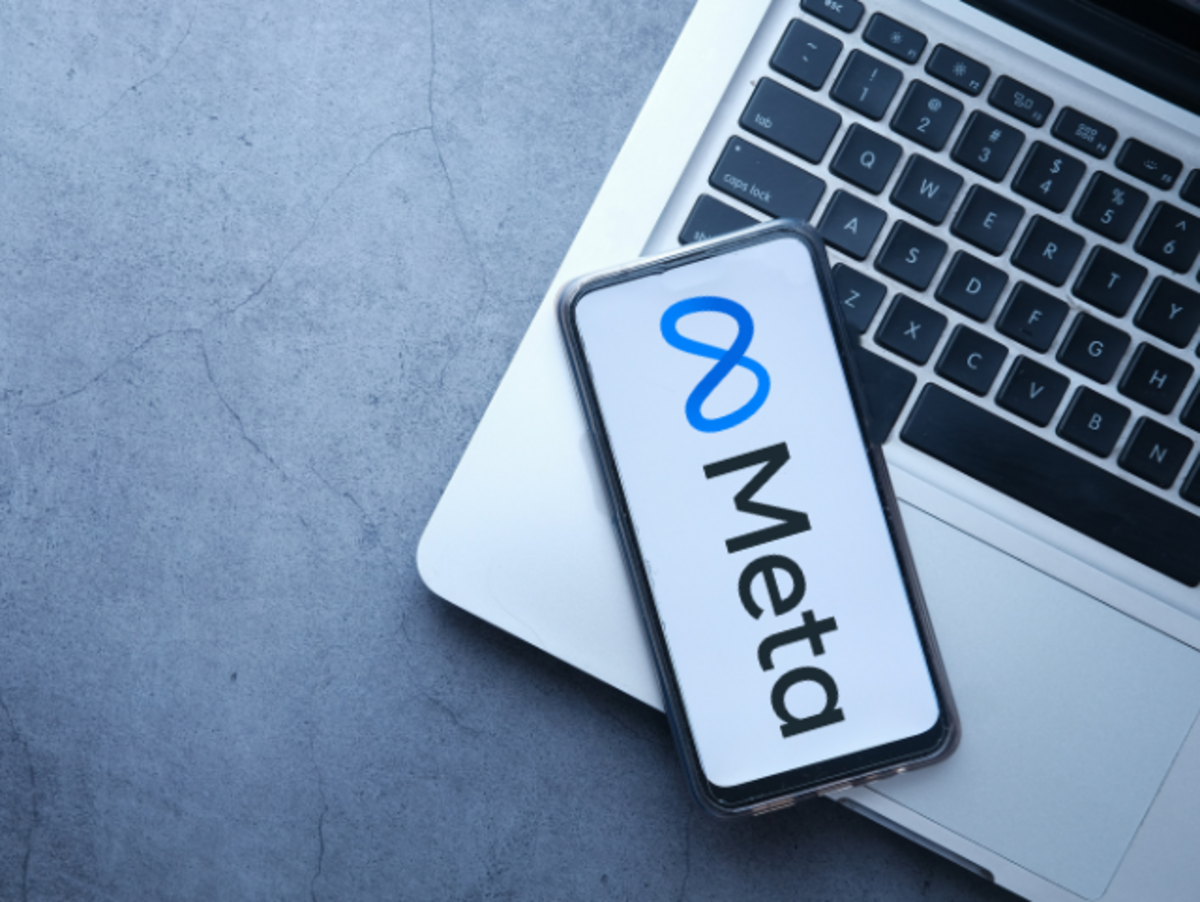Meta ads and Business Manager
Meta ads is a native platform that offers specific advertising solutions for its ecosystem made up of Facebook, Instagram, Messenger and Whatsapp. That is, it allows you to create, promote and show content through advertisements: ads.
The Business Manager is Meta's management tool, which allows you to create and monitor the activities of advertising accounts. Currently it is not mandatory to have a BM to manage a page or an advertising account but it is strongly recommended to correctly manage all resources.
To create and manage ads, you need to understand how advertising on the panel is structured. The levels are divided like this:
- Level 1: Campaign (defined by objective and purchase option)
- Level 2: Ad groups (divided by budget, target and positioning).
- Level 3: Ads or insertions (divided by creativity, CTA and landing links).
Types of purchase and offering strategies
Depending on the objective, duration and budget, at campaign level it is important to select the most suitable type of advertising purchase. The possible alternatives are these 3:
1. Auction (is the default purchasing option in Ads Manager, offers more choice, efficiency and flexibility, allows real-time campaign changes)
2. Reach&Frequency (allows you to plan up to 6 months in advance and purchase in advance at a fixed price, ensuring predictable ad publication with frequency control)
3. TRP - Target Rating Point (allows you to extend, increase and integrate TV campaigns with Facebook and Instagram, plan and purchase video campaigns using TRPs verified by Nielsen. Not available in all countries)
In addition to this, to optimize the strategy, Meta provides 5 bidding strategies based on costs, objectives and manual bids: Highest volume (optimizes publications and conversions by spending the entire budget), Highest value (spends the budget focusing on purchases with higher value), Cost per result goal (sets a CPA threshold not to be exceeded), ROAS goal (tries to keep the return on advertising spend around an average amount), Bid cap (sets the maximum bid in auctions rather than allowing Facebook to bid dynamically). Also in this case it is necessary to pay close attention to which strategy to select.
Audience
Audience targeting allows you to show ads to the people most aligned with your advertising goals. There are two general approaches to building an audience: specific and broad. There are three targeting options that you can use on Meta:
- Interest-based audiences (aggregated information is taken from what people share in their profiles and the behaviors they display across Meta technologies)
- Custom audiences
- Similar audience – lookalike (identifies people who share similar interests or characteristics to the current audience. To create a similar audience, you need to have a minimum of 100 people, from a single country of origin, in the original audience. It is recommended to use at least 1,000 people).
- External audiences
Data Source
Through a data source, you can improve ad performance, measurement, and custom audiences. It is therefore important to implement the most correct data source in your strategy among:
- Meta Pixel (a piece of code to insert into the website)
- Conversion API (creates a direct and more reliable connection between marketing data from your server, website or CRM to Meta, respecting privacy controls)
- SDK (an analytics tool that lets you capture and measure the actions people take in your app)
- Offline Conversions (to connect offline event information, such as CRM or POS, to Meta)
Tips to setup a successful campaign
1) First of all it is important to choose the most correct objective. Meta offers the possibility to choose between 3 macro-objectives:
- Awareness: to increase brand awareness
- Consideration: to find potential customers
- Conversion: to increase conversions
Each of these macro-objectives corresponds to further sub-objectives, which represent in detail the action we want to push the public to take, specifically: awareness, traffic, engagement, app promotion, leads, sales.
By activating the CBO, Campaign Budget Optimization option, it will already be possible to set the budget at campaign level, letting Meta allocate the budget towards those groups that seem to perform best. In contrast, it is possible to set the budget(s) manually at the next level, i.e. ad set, with the ABO - Ad set Budget Optimization option.
2) Once the objective and budget have been decided, it is important to correctly define the audience: choosing the wrong or too narrow audience could not make the campaign perform.
Facebook makes various types of audiences available: starting from demographic data - age, geo, gender - and then going into ever greater detail, with the possibility of selecting interests and behaviours.
3) At this point it is time to select the placements, i.e. where you want the ads to be displayed. Unless you have specific needs, it is recommended to select automatic placements, while if you want more control or have specific needs you can select them manually.
4) In the last step it is possible to finish the setup with the creation of the advert by uploading the creativity (single post, video, carousel, collection, etc.) by inserting the final details such as copy, titles, descriptions, CTA, url with any parameters monitoring.
Reporting
For each type of campaign there are key indicators to be able to read to evaluate its performance. In Ads Manager and Ads Reporting there is the possibility of configuring advertising reports by selecting from numerous predefined metrics, filtering them by performance, interactions, conversions and settings.
E-Business Consulting, a digital marketing agency active since 2003, deals with 360° marketing and communication. By building personalized strategies on Meta we help you improve your presence on social media. Contact us for a free quote!














